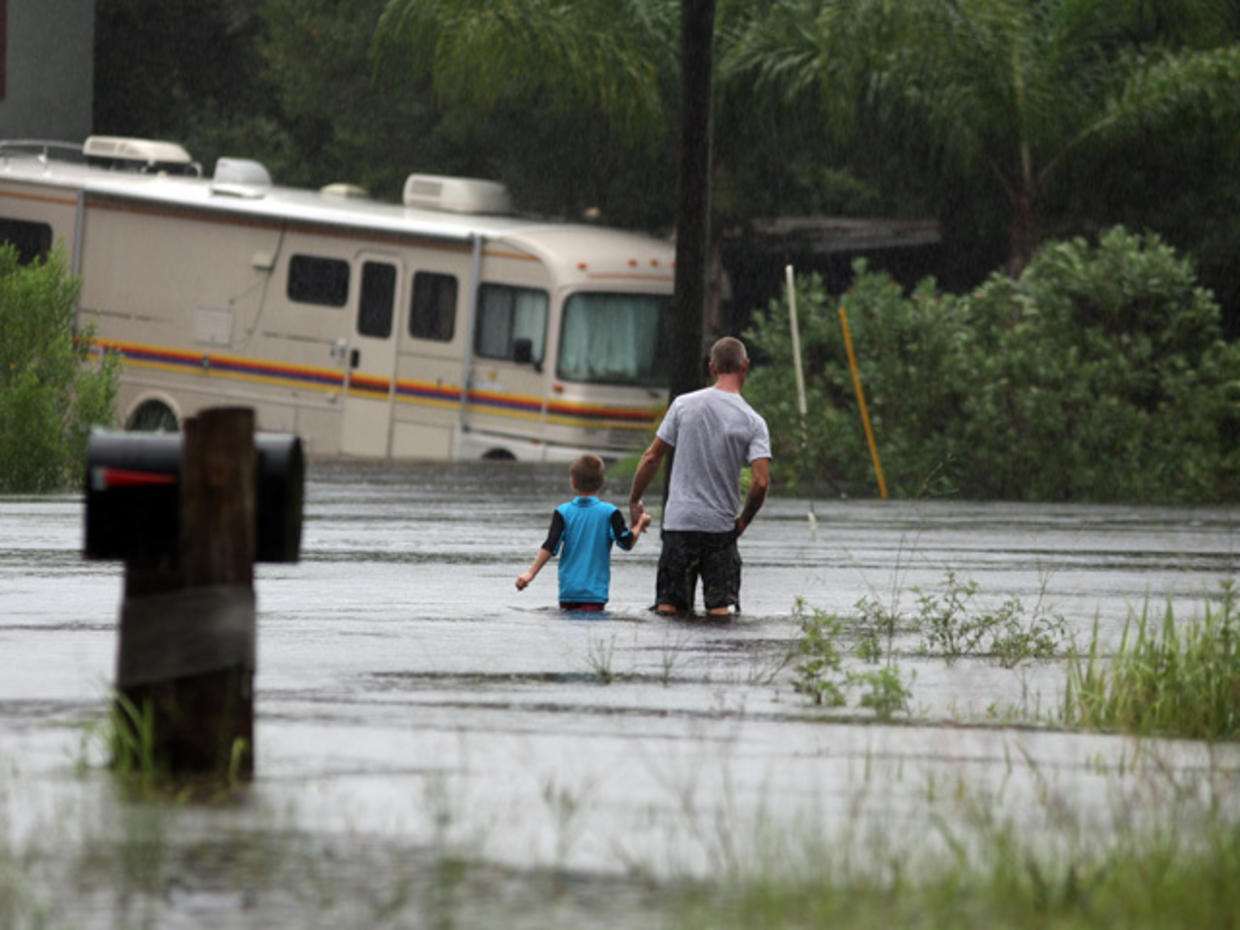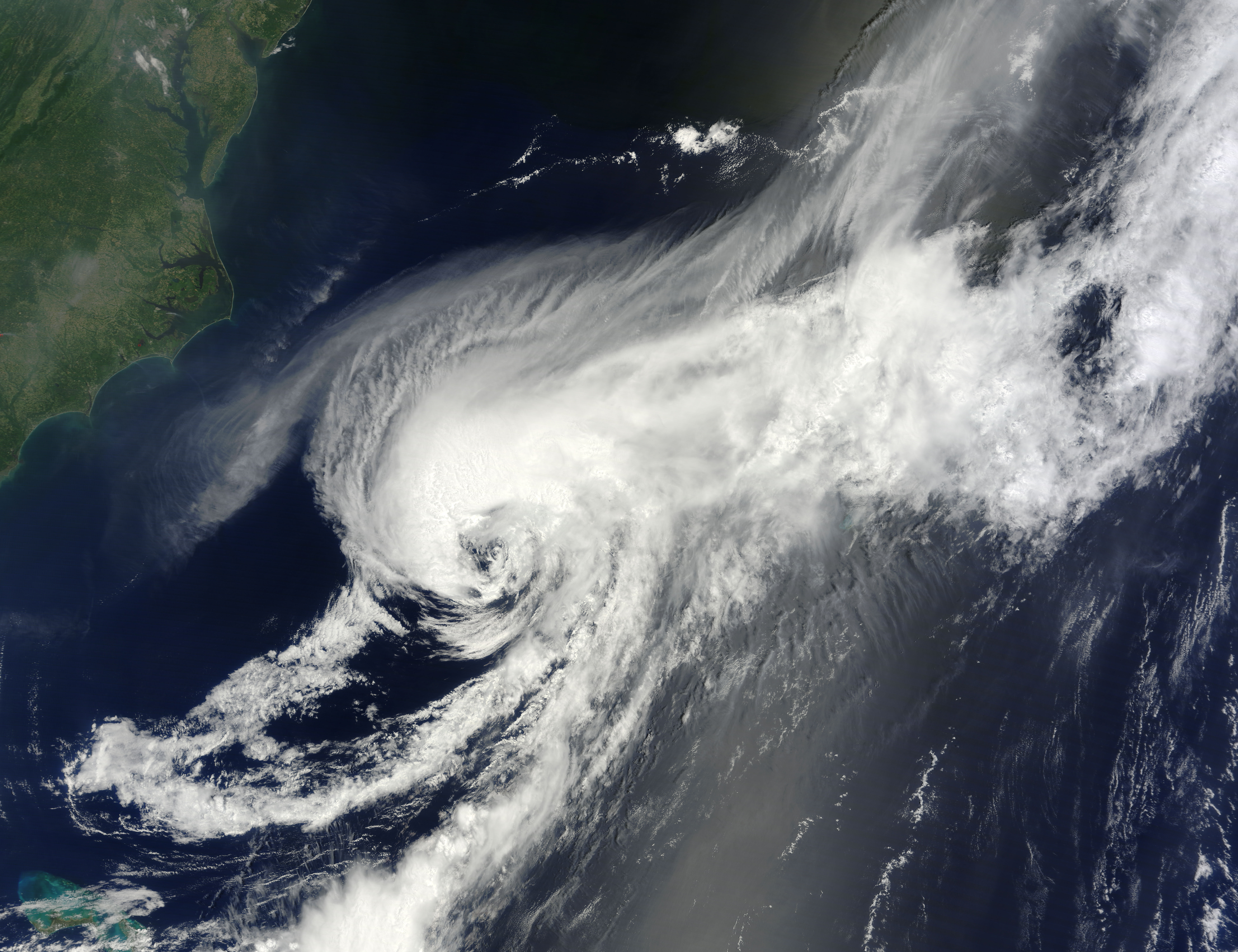Tropical Storm Debby’s Formation and Development: Tropical Storm Debby Hurricane

Tropical Storm Debby, a meteorological event that made headlines in 2012, was a fascinating case study in tropical cyclone formation and development. It’s a story of how atmospheric conditions, coupled with the right set of circumstances, can create a powerful storm.
Formation Process and Contributing Factors, Tropical storm debby hurricane
Tropical Storm Debby originated in the Gulf of Mexico, a region known for its warm waters and humid air. These conditions are ideal for the formation of tropical cyclones, as they provide the necessary energy and moisture for storm development. The warm, moist air rises, cools, and condenses, releasing heat and creating an area of low pressure. This low-pressure area draws in more air, fueling the storm’s intensification.
Path and Intensity Changes
Tropical Storm Debby’s journey was marked by a series of changes in its intensity and movement. It formed on June 19, 2012, and initially moved slowly westward across the Gulf of Mexico. As it moved, it gradually intensified, gaining strength from the warm waters and favorable atmospheric conditions. By June 21, Debby had strengthened into a hurricane, reaching its peak intensity with maximum sustained winds of 75 mph.
Factors Influencing Intensification
Several factors contributed to Tropical Storm Debby’s intensification into a hurricane.
- Warm Ocean Waters: The Gulf of Mexico’s warm waters provided the necessary heat and moisture for Debby’s development. The storm’s interaction with these warm waters fueled its intensification.
- Low Wind Shear: Low wind shear, a condition where there is minimal change in wind speed and direction with altitude, is favorable for hurricane development. It allows the storm’s thunderstorms to organize and intensify, rather than being disrupted by strong winds.
- Pre-existing Disturbance: A pre-existing weather disturbance in the Gulf of Mexico provided a foundation for Debby’s development. This disturbance created an area of low pressure, which attracted moisture and further enhanced the storm’s formation.
Impact of Tropical Storm Debby on Affected Regions

Tropical Storm Debby, despite its relatively short lifespan, left a significant mark on the coastal areas it traversed. The storm’s impact varied across different regions, with some experiencing heavier rainfall and stronger winds than others. However, the common thread throughout these affected areas was the disruptive force of flooding, wind damage, and storm surge.
Coastal Flooding and Damage
Coastal flooding is a common consequence of tropical storms, and Debby was no exception. The storm’s heavy rainfall caused rivers and streams to overflow their banks, inundating low-lying areas along the coast. Coastal areas also experienced significant storm surge, which is the abnormal rise in sea level caused by the storm’s winds pushing water towards the shore.
- In some areas, the combination of heavy rainfall and storm surge led to widespread flooding, with water levels reaching several feet in some locations.
- The flooding caused significant damage to homes, businesses, and infrastructure, displacing residents and disrupting daily life.
- The impact of flooding was particularly severe in areas with poor drainage systems or where development had encroached on natural floodplains.
Infrastructure Disruptions and Damage
Tropical storms can cause significant damage to infrastructure, disrupting essential services and hindering recovery efforts. Debby’s strong winds and heavy rainfall caused widespread power outages, leaving many residents without electricity for days.
- The storm also damaged roads, bridges, and other transportation infrastructure, making it difficult for emergency responders to reach those in need.
- Debby’s impact on infrastructure was particularly pronounced in areas with aging infrastructure or inadequate maintenance.
- The damage to infrastructure had a ripple effect, disrupting businesses, schools, and other essential services, adding to the challenges faced by residents in the aftermath of the storm.
Social and Economic Consequences
The social and economic consequences of Tropical Storm Debby were far-reaching. The storm’s impact on homes, businesses, and infrastructure led to the displacement of residents and disruption of livelihoods.
- The storm’s impact on agriculture was particularly severe, with crops being damaged or destroyed by flooding and strong winds.
- The loss of agricultural production had a significant impact on local economies, as farmers lost income and consumers faced higher food prices.
- The storm also led to an increase in unemployment, as businesses were forced to close temporarily or permanently due to damage or disruption.
Response and Recovery Efforts Following Tropical Storm Debby

Tropical Storm Debby, with its heavy rains and strong winds, left a trail of destruction in its wake. The affected regions faced a monumental task in responding to the storm’s impact and initiating the long process of recovery. The response and recovery efforts following Tropical Storm Debby showcased a remarkable display of resilience and collaboration, highlighting the crucial role of preparedness, coordinated action, and community support in overcoming the challenges posed by natural disasters.
Emergency Response Measures
The emergency response to Tropical Storm Debby was a complex and multifaceted operation that involved various agencies and organizations working together to ensure the safety and well-being of the affected populations.
- Evacuation procedures were implemented in areas at risk of flooding and high winds. Local authorities issued mandatory evacuation orders, urging residents to seek higher ground or evacuate to designated shelters. This proactive measure helped to minimize casualties and protect lives.
- Rescue operations were launched to assist individuals stranded in flooded areas or whose homes were damaged. Emergency responders, including the National Guard, police, and firefighters, used boats, helicopters, and other equipment to reach those in need. These operations played a critical role in rescuing people from dangerous situations and providing immediate assistance.
- Provision of aid was essential to meet the immediate needs of the affected communities. Organizations such as the American Red Cross, Salvation Army, and local charities provided food, water, shelter, and medical supplies to those displaced or whose homes were damaged. These efforts ensured that basic necessities were met during the initial recovery phase.
Effectiveness of Response Efforts
The effectiveness of the response efforts during Tropical Storm Debby can be evaluated based on the extent to which they mitigated the impact of the storm and protected human life.
- The timely implementation of evacuation procedures significantly reduced the number of casualties. The coordinated efforts of local authorities and emergency responders ensured that residents in vulnerable areas were able to evacuate to safety before the storm’s arrival. This proactive approach played a crucial role in minimizing the loss of life.
- The swift and efficient rescue operations saved countless lives. Emergency responders, utilizing a variety of resources, reached those stranded in flooded areas and provided immediate assistance. These operations were instrumental in rescuing people from dangerous situations and ensuring their safety.
- The rapid provision of aid alleviated the immediate suffering of the affected communities. The coordinated efforts of various organizations ensured that basic necessities were met, providing essential support to those displaced or whose homes were damaged. This timely assistance helped to stabilize the situation and provide a sense of hope during a difficult time.
Long-Term Recovery Efforts
The recovery process following Tropical Storm Debby was a long and challenging endeavor, requiring sustained efforts to rebuild infrastructure, restore essential services, and provide support to affected communities.
- Rebuilding infrastructure was a top priority in the long-term recovery process. This involved repairing or replacing damaged roads, bridges, power lines, and other essential infrastructure. These efforts ensured the restoration of transportation networks, communication systems, and essential services, facilitating the return to normalcy.
- Restoring essential services was crucial to ensure the well-being of the affected communities. This included restoring water and sanitation services, restoring power supplies, and providing access to healthcare. These efforts addressed the immediate needs of the affected population and facilitated the recovery process.
- Providing support to affected communities was essential for their long-term recovery. This involved providing financial assistance to help residents rebuild their homes and businesses, offering counseling services to address emotional trauma, and providing educational and job training programs to support economic recovery. These efforts aimed to address the long-term needs of the affected communities and help them rebuild their lives.
Tropical storm debby hurricane – Tropical Storm Debby, a swirling mass of wind and rain, churned its way up the coast, leaving a trail of downed trees and flooded streets. As the storm approached New York City, the skies darkened, and a sense of anticipation filled the air.
The city’s bustling airports, normally a hive of activity, fell silent as a ground stop was implemented, a necessary precaution to ensure the safety of travelers and aircraft. With the storm’s passage, the city began to breathe again, the skies clearing to reveal a bright, if slightly damp, New York City skyline.
Tropical Storm Debby’s relentless rain lashed the coastline, leaving behind a trail of flooded streets and displaced residents. As communities grappled with the aftermath, a different storm brewed on the horizon: the uncertainty surrounding the 2025 social security cola increase.
The potential impact on those relying on these benefits, especially those affected by Debby’s devastation, added another layer of concern to the already challenging situation.
